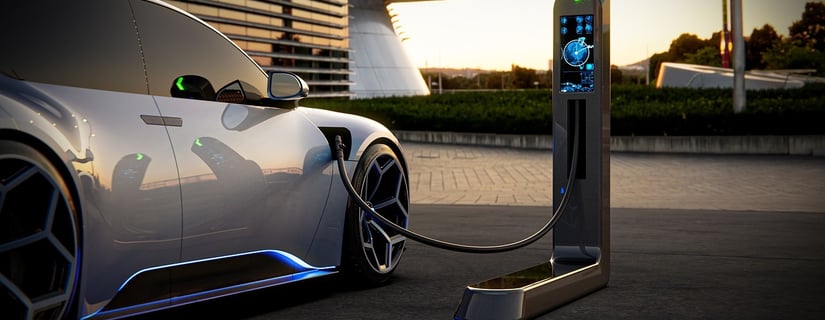Obstacles in the Electric Journey
Electric Vehicle Boom Facing Potential Setback: Slowing Sales, High Costs, and Infrastructure Concerns Threaten the Future of EVs.
10/22/20233 min read
The Electric Vehicle Boom May Be Slowing Down
After a hike in sales in past years, interest in electric cars (EVs) seems to be declining. This could negatively impact the upcoming plans to transition the automobile industry’s dependency on fossil fuels.
The growth of EVs
While the EV market has grown in 2023, sales are not rising as expected. EV makers failed to attract customers despite new innovative technologies, price cuts, and greater tax incentives offered by federal and state governments. Automakers and other stakeholders are collaborating to formulate strategies to improve the steady growth.
Recently, Tesla, a leading EV maker, has dropped the prices of Model S and X by up to 19%. Ford postponed its $12 billion investment in EVs and reduced production of its F-150 Lightning. According to Harald Wilhelm, CFO of Mercedes-Benz EV market is a “brutal space” as it continues to discount its EV product line. Similarly, General Motors also delayed the launch of EV models and stopped the production of 400,000 EVs. Moreover, Honda has backed off from a plan to jointly produce affordable EVs with GM.
Toyota, which has prioritized hybrids over EVs, has also seen a slowdown in EV sales. Chairman Akio Toyoda told reporters that "people are finally seeing reality." The transition to an environmental alternative did not go as smoothly as planned by the stakeholders of the automobile industry, despite up to $7,500 in tax credits.
Automakers Losing Money on EVs
The supply of new EVs has slowed down and may take up to 88 days. This means it would take that long for the current inventory of EVs to sell at the current sales rate. On the other hand, it will take 59 days on average to supply gas-powered cars.
"Traditional automakers overestimated the current demand levels for EVs and are building more vehicles than they currently need," said Pat Ryan, CEO of AI car shopping app CoPilot.
Automakers are reducing their EV prices to attract customers and compete with Tesla. However, this is not considered as a long-term approach for automakers as they either will be losing money or working on a minimal profit. According to Insideevs 2023, Ford is losing about $36,000 for every EV it sells, surpassing the $32,350 loss estimated in the second quarter of 2022. Therefore, companies like Ford are more focused on the production of hybrid vehicles.
Reasons for Slowing EV Demand
Several factors are contributing to the slowing demand for EVs:
· Cost: EVs are typically more expensive than their gas-powered counterparts, therefore makers should focus on entry-level models to target mid or lower-income households.
· Unfamiliarity with the technology: Consumers are unaware of the overall cost benefits of acquiring an EV.
· Charging infrastructure: Public charging stations are still relatively scarce, where in comparison customers can find at least one gas station nearby and fuel stops at every rest area on highways.
· Range anxiety: Consumers still mention limited range as one of their primary concerns about EVs.
· High-Interest Rate: EVs are relatively more expensive than gasoline cars and the higher interest rate has negatively impacted EV sales.
· Hybrids: Hybrids are a more popular alternative to EVs, offering better fuel economy and longer range without the charging hassles.
What's Next for EVs?
There is a mixed response regarding what is coming up next for EVs as consulting firm like AlixPartners believes that the U.S. will be able to increase the total investments in EVs to $616 billion by 2027. Whereas, other auto experts are skeptical about the success of EVs. Therefore, automakers are already adjusting their EV goals, and more EV model launches may be delayed in the coming months.
Experts believe that automakers need to focus on offering an extended range whereas all the stakeholders should collectively work on improving the EV infrastructure to attract consumers to invest in EVs. Otherwise, the EV revolution may be in danger of stalling.


